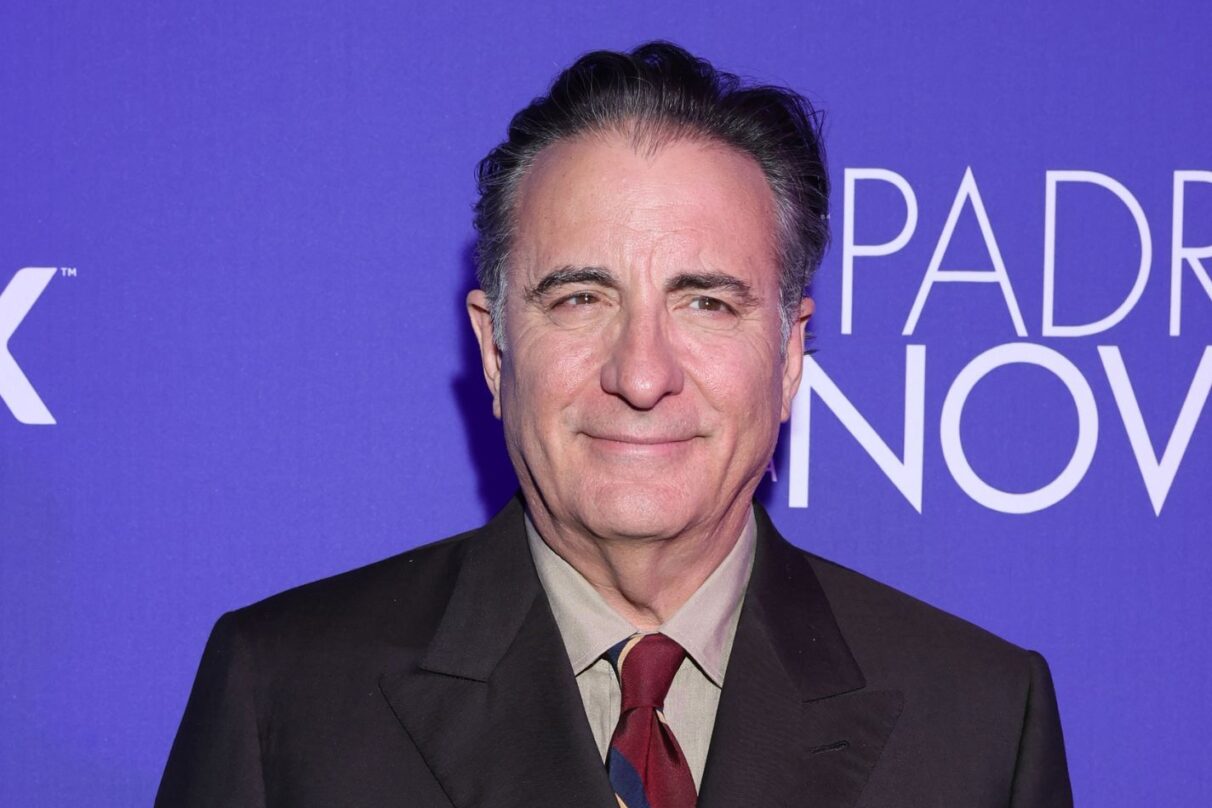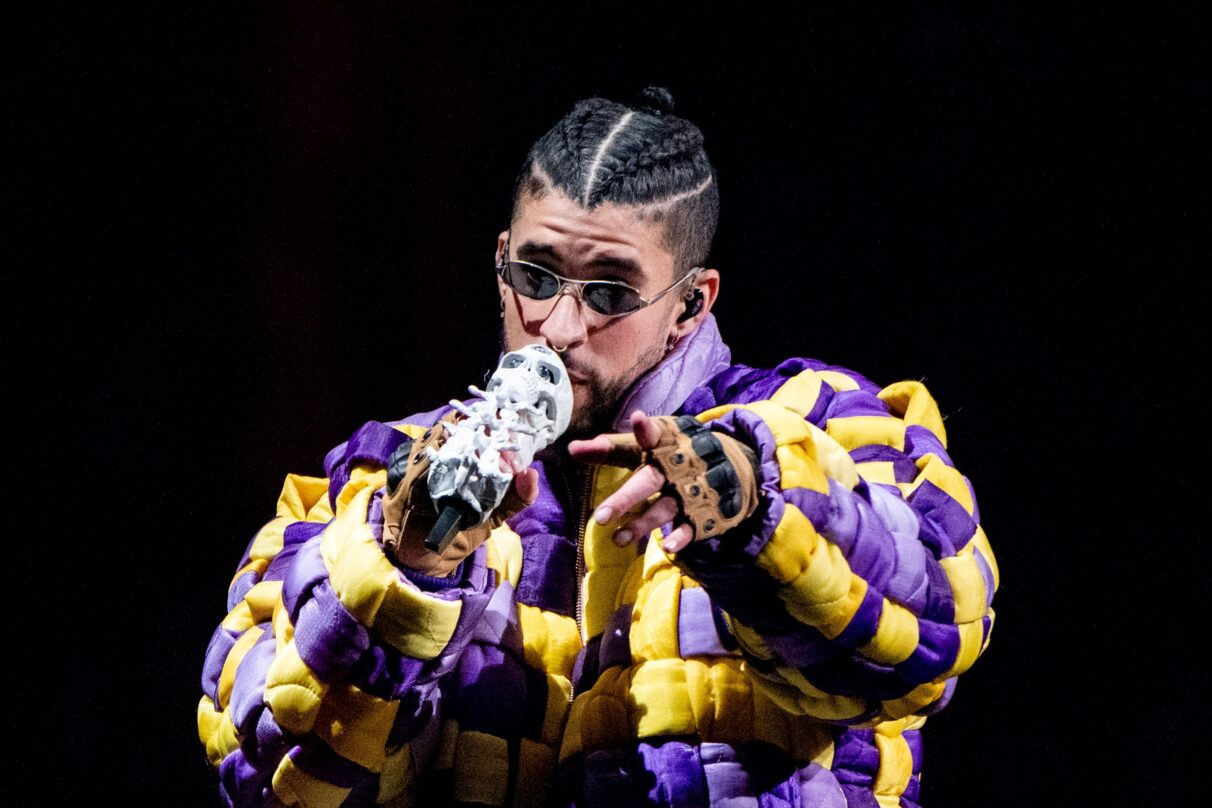
Why Was ‘Pepas’ So Damn Successful?Why Was ‘Pepas’ So Damn Successful?
It is no secret that Latine music has gone from a niche category to mainstream notoriety. And according to this report by Music Business Worldwide, Latine music consumption grew by an impressive 63% between the 1st half of the year 2019 through the first half of the year 2021, conquering once again the U.S., the biggest music market in the world. That comes as no surprise given the super-stardom of Bad Bunny, the social influence of artists like Anitta, and the success of songs that not even Barack Obama could escape — and that’s “Pepas” by Farruko.
The success and ubiquity of “Pepas” has transcended geographical, cultural, and language barriers, which the following numbers can show. At the time of publication, “Pepas” counts with more than 24 million streams on Pandora, 556.5 million streams on Spotify, over 261 million views of its official video, and 226.7 million of its official cover audio-video, which will make this song easily cross 500 million views in a couple of weeks. In addition, over 2.5 million creations have been made with its sound on TikTok along with 7.3 million Shazams. At the same time, its Spotify Popularity Index, which measures popularity by combining streams’ growth, playlisting placements, and shares across social media, is at 96 points out of 100.
Beyond the numbers, there was no ignoring the infectious rhythm of “Pepas,” its clever lyrics that project a fun and carefree outlook on life, and its carefully engineered song dynamic created to build up until it inevitably makes everyone jump out of their seats. There’s also the time this track was released, becoming a hymn that marked the possible beginning of the end of a prolonged pandemic.
“Pepas” is at its core a guaracha electronica track, which is the Colombian take of the Latin Tribal House music movement that was very popular in Latin America in the early 2000s. The worldwide guaracha electrónica explosion has been announcing itself since 2019 when the track “Baila Conmigo” became a global viral phenomenon, with other smaller guaracha hits quickly following suit. Despite this success — and the fact that guaracha electrónica tracks kept making headways in the charts of the North Andean region countries in South America — there still seemed to be skepticism about guaracha electronica’s capability to become a reliable hit-making music genre on an international scale. However, after seeing the impressive stats behind “Pepas” and the timeline of how it became such an unexpected, commercial, and cultural smash, this mammoth hit reaffirms a fact that “Despacito” unveiled in 2017: Latine music is officially global, and it is here to stay.
“After seeing the impressive stats behind ‘Pepas” and the timeline of how it became such an unexpected, commercial, and cultural smash, this mammoth hit reaffirms a fact that ‘Despacito’ unveiled in 2017: Latine music is officially global, and it is here to stay.”
But where did the electronic wave come in? Farruko had been releasing reggaeton tracks leading to the release of his next album, such as songs like “La Tóxica.” Then, unexpectedly, “Pepas” hits the industry in late June with just a cover audio on YouTube with no buildup marketing — a drop that resembled a pilot episode to garner reactions. But then things quickly took a turn when the track promptly became undeniably and organically viral on Shazam and TikTok by mid-July 2021. Farruko and his record label immediately took notice, then rushed to put out an explosive music video released on August 6, six weeks after the track had initially dropped. From there, they would unleash a marketing campaign around the song that hit all corners of the globe.
It is worth delving into Farruko’s career a little further and how that adds to the success. Apart from his undeniable talent, the characteristics that have made Farruko the hugely successful artist he is today are his ability to reinvent himself and accurately read the cultural pulse to adapt and evolve. This outlook has resulted in Farruko building an incredibly successful and long music career. There were already signs that something different was brewing inside Farruko’s mind. We saw him start collaborations with artists from other countries, making music different from reggaeton and trap. More specially, he worked with artists from the Dominican Republic, including his participation in the remix of the viral hit “Si Es Trucho Es Trucho” by emerging Dominican artist and producer Axel Rulay, which also features El Alfa.
Getting on “Si Es Trucho Es Trucho,” a mix between Dominican dembow and Latine house, was an unusual move for an already successful reggaeton and trap music star. Then “Pepas” came along. It began as an experiment triggered by Farruko testing the waters with different music genres. This venture ended up completely changing the game, culminating with the release of his album La 167 (which prominently includes “Pepas” and three other guaracha electrónica tracks). He instinctively knew that, after the incredibly dark moments the world had gone through in the last two years, the distribution of vaccinations started a new wave of emotions, and the collective mood had shifted. There was now a glimmer of hope. It was a turning point. With any momentous occasion, there is always a song that marks the season, and “Pepas” fits the bill with its buoyant rhythm and escapism lyrics like “Que el tiempo se acaba y pa atrás no vira.”
“Pepas” propelled Farruko’s career to new heights. According to Chartmetric, the song has pushed Farruko to the 37th place amongst the world’s most prominent artists at the time of publication of this piece, just above Cardi B and 3 places below Lady Gaga, sitting at place 34th. Before “Pepas” release, Farruko was at 95th place and his Average Monthly Listeners on Spotify were at 27.2 million. Now, he has 42.8 million average monthly listeners on that platform, almost doubling an already significant number.
So what comes after “Pepas?” For Farruko, it seems as if he is entering a perfect time to jump into more electronic beats and positioning himself as the go-to artist for uptempo Latine party anthems. In a recent interview, Farruko was asked if his next move was to create a full-on guaracha electrónica album. He replied with a smile, saying that he was already “assessing the possibility.”
This moment also marks a very exciting time for the rest of Latine music. While El Chombo (wrongfully, in our opinion) announced the death of reggaeton, “Pepas” might be the pivoting moment for the dominance of Latine pop and electronic as we know it. Ever since Latine pop became ubiquitous within the mainstream, artists have been testing the waters for the next standout sound if the genre’s popularity came to a dead-end. Fast forward to 2021, and some of the most memorable hits of these Latine artists are leaving behind the trend of going for a 90 bpm (or less) tempo and romantic ballad vibes; moves we see in the success of some of the most iconic hits of the moment such as Rauw Alejandro’s “Todo De Ti” and J Balvin and Skrillex’s “Party In Da Getto.”
Besides signaling a change in the pulse of mainstream music, “Pepas” is also creating an excellent opportunity to open the discussion around the coinage of a new Electrónica Latina music tag. This could be key for having the music industry start treating electronic music coming from the region more consistently as a cultural movement of its own. In the past, electronic music coming from Latin America has had a tendency to be treated as a byproduct of the U.S. and Europe’s electronic music, being considered either as an exotic variant of house and techno, or just that same type of music but crafted in a different part of the world. However, “Pepas”‘ use of guaracha electrónica lays a blueprint for a kind of Latine electronic music that is so creolized that it is unmistakably local. It’s the use of reggaeton and cumbia’s influences and how it reconciles pop-EDM melodies and structures with a rougher street Soundsystem energy that makes it ideal music to serve as the meeting point for much of the uptempo electronic music happening around Latin America.
In the end, wouldn’t it make sense that once next year’s Latine Grammys come along, “Pepas” is not only contested for Record Of The Year, but also for a newly created category called Electrónica Latina?



